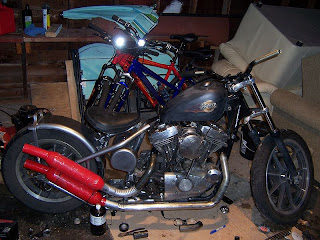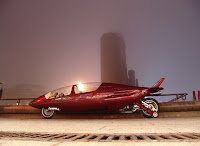AD 125 MY09 or AD 200 MY09 ?

AD 125 MY09 ENGINE TRASMISSION Engine: single cylinder four-cycle Bore/stroke: 48,8 x 57 Displacement: 124,5 cc Max power: 9,7kw a 8500 rpm Max torque: 10,9 Nm a 6500 rpm Gasoline: unleaded petrol Lubrification: wet carter Engine start: electric start Cooling: water-cooled Gear: CVT with automatic clutch WHEELS Tyres: front 120/70 x 14'', rear 140/70 x 14'' tubeless Rims: 5 spokes aluminium rims, front 3.50 x 14'', rear 3.50 x 14'' Front brake: 260 mm disc brake Rear brake:240 mm disc brake FRAME Frame: high-resistance steel pipe and traily mixed frame Windscreen frame: aluminium composite frame Front suspensions: telescopic hydraulic front forks ø 41 mm Rear suspensions: engine behaving structural, double rear two-ways shock absorbers preload adjustable on 5 positions SIZES Length: 2180 mm Width: 720 mm Height: 1759 mm Seat height: 700 mm Wheel base: 1560 mm Dry weight: 170 kg Gasoline tank: 13 litres (2,2 litres reser








